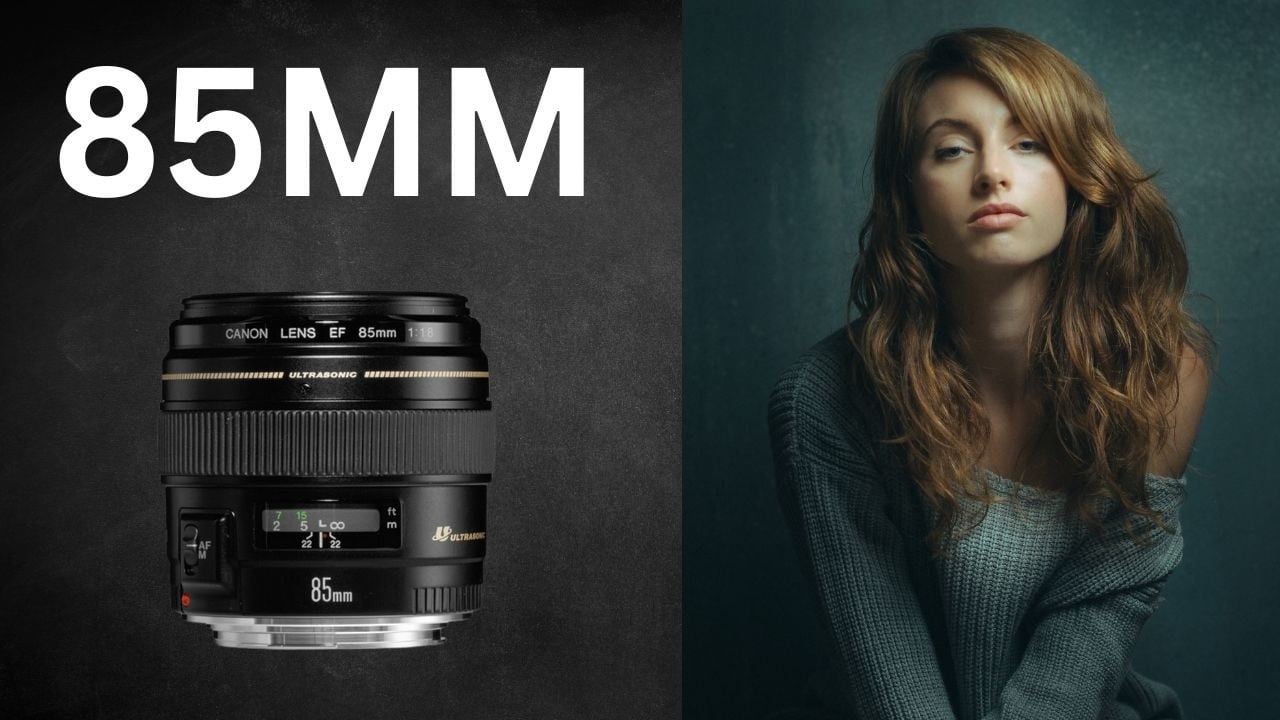
What’s your favourite lens? We all have one, and in a pinch, I could quite happily live most of my life with a fast 50mm prime. But what about that 85mm that we all have tucked away? How often do you use that one, and when you do, is it just for portraits with blurry backgrounds?
In this video, Martin Castein explains why the 85mm is a vastly misunderstood lens. And he makes some interesting points.
The appeal of the 85mm focal length
When used properly, the 85mm lens delivers a “polished and professional” look that evokes images from magazines or films. It’s true that the lens requires more space to work with than wider lenses, making it a little less flexible. But what you get in return is a refined and distinctive style that sets your images apart. Martin argues that the secret to harnessing the 85mm’s potential lies in rethinking the way you approach your compositions.
Breaking free from the portrait label
Martin says that the 85mm lens is a fantastic portrait lens, but it shouldn’t be pigeonholed as a one-trick pony. One common mistake photographers make is treating it like a narrower version of a 35mm or 50mm lens. They stand in the same spot and expect similar results—only to find themselves frustrated by the tighter crop and limited field of view. This leads many to assume the lens isn’t versatile enough.
The key to mastering the 85mm lens is incorporating the background into your compositions rather than simply blurring it into oblivion. While bokeh is often sought after, overusing it can strip the photo of context and storytelling. To maximize the potential of this focal length, think about how small parts of the background can help tell the story and enhance your subject. The compression effect of the 85mm adds depth and a sense of intimacy, allowing you to bring the background closer to your subject, which results in rich, atmospheric images.
Thinking beyond bokeh for portraits
One common trap for photographers using the 85mm is falling into the routine of shooting only tight headshots with blurred backgrounds. While this can be visually appealing, it can also feel repetitive if used a lot. The true beauty of the 85mm lies in its ability to create depth and context while keeping that signature compression that flatters the subject.
When shooting engagement sessions, for example, Martin says many of his images were captured with an 85mm lens. The focal length provides a distinct look that immediately feels different from the typical wide-angle shots most people are used to seeing—especially those taken with smartphone cameras, which generally operate around the full-frame equivalent of 28mm. The 85mm creates images that stand out because of their unique perspective and the way they render subjects in relation to their backgrounds. These days, we all need to shoot something that can’t be done with a smartphone!
Choosing the right aperture
Many photographers feel that to get the most out of an 85mm lens, they need the fastest aperture available, like f/1.4 or even f/1.2. While these ultra-fast lenses are impressive, they’re not always necessary. In fact, a well-built f/1.8 lens is often more than sufficient for most situations.
The wide apertures of f/1.4 and f/1.2 can be advantageous when you want to create a dream-like, shallow depth of field, but in most practical settings—especially when photographing couples or groups—stopping down to f/2 or f/2.2 often yields better results. At these apertures, the balance between subject isolation and background context helps create images that are both cinematic and grounded.
Compression and flattering perspectives
The hallmark of the 85mm lens is its compression effect. This subtle optical characteristic reduces the distortion found in wider lenses, making facial features look more proportional and natural. For portrait photographers, this can be a game changer. With the 85mm, you don’t have to worry about exaggerated features—such as a large nose or forehead—that can occur with shorter focal lengths. Instead, you get a smooth, flattering perspective that enhances the subject’s appearance.
But compression does more than just flatter your subject. It also brings the background closer, allowing it to play a more significant role in your composition. This is particularly useful when shooting in environments with interesting scenery. Whether it’s a beach, cityscape, or a forest, the background becomes a dynamic part of the story rather than a mere afterthought. This added depth and context elevate the image beyond a standard portrait.
If you have an 85mm lens collecting dust on your shelf, it’s time to dust it off and give it another try. Focus on incorporating your backgrounds into your shots, rather than simply relying on the lens’s ability to blur everything away. Experiment with different apertures and resist the temptation to always shoot wide open. Remember, it’s not just about the subject—it’s about how the subject interacts with the environment.
In the end, the 85mm lens is more than just a speciality portrait tool. When used thoughtfully, it can be a versatile lens capable of producing stunning, polished images that stand out from the crowd. It encourages you to be deliberate with your compositions and challenges you to see beyond the subject, bringing the entire scene into focus.






